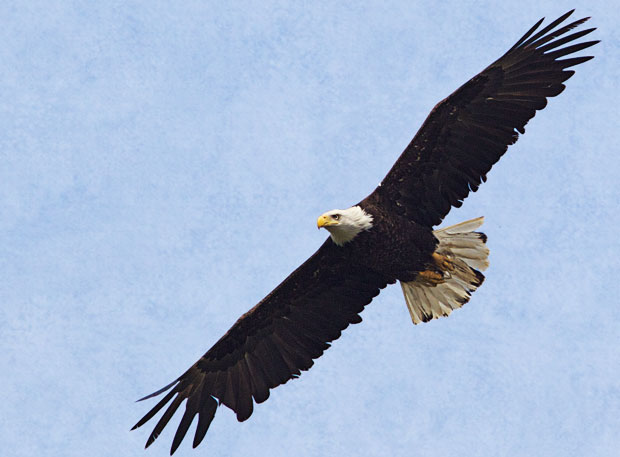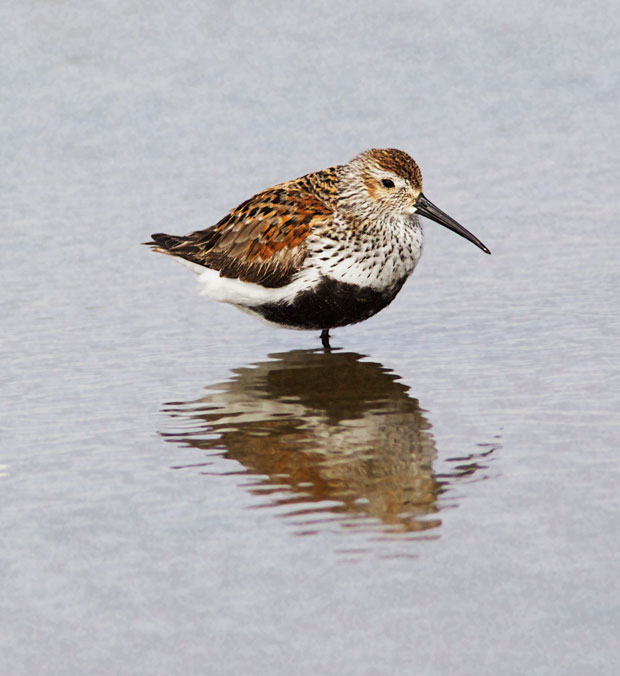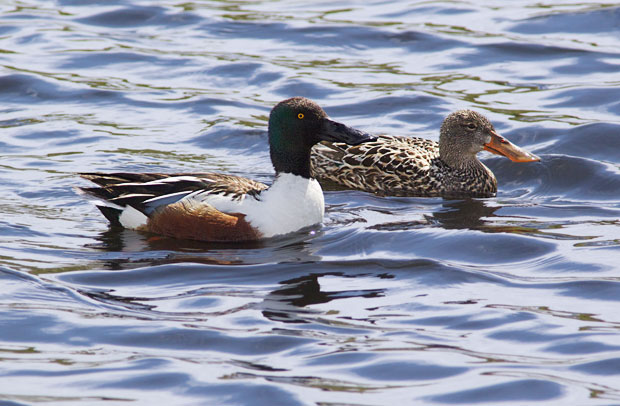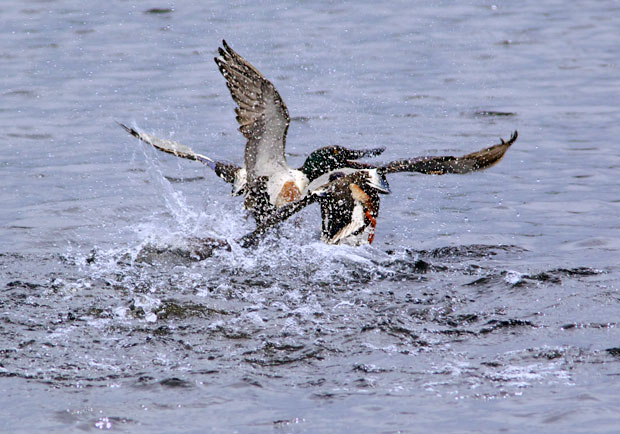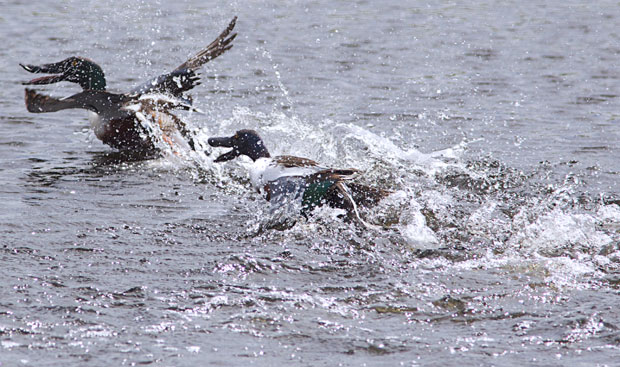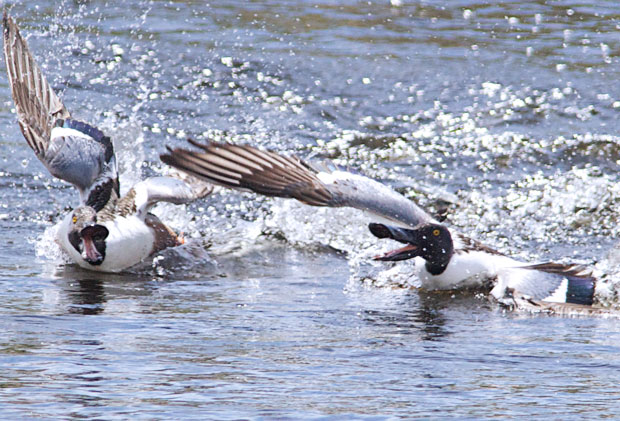Tired of the constant rain the last few weeks, I headed east of the mountains to Wenas near Naches for three days last week. Unfortunately I found out that this year, at least, it’s nearly mpossible to escape the rain in Washington or Oregon. The three days I stayed in Wenas were probably the wettest days I’ve ever camped in. My Gore-Tex boots sprung a leak, my expensive Gore-Tex gaiters leaked, every pair of socks I brought with me were soaked, and those I’d worn the first day didn’t dry out after two days in the car.
I did manage to see and photograph a number of birds I’ve never seen before, but it was so cloudy and so dark that most of the photographs are marginal, at best. In fact, the best pictures of the trip were those of flowers, like this beautiful wild Iris,
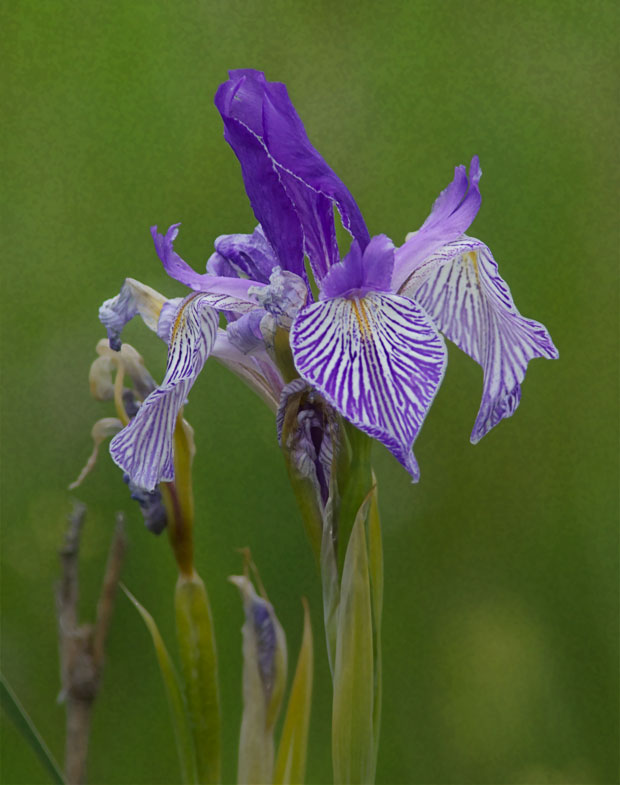
this Lupine,
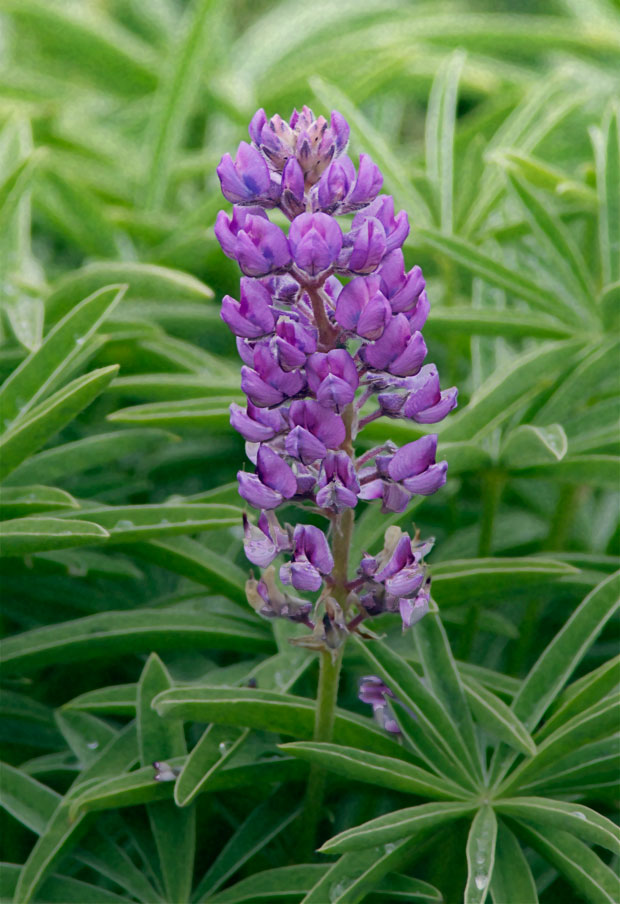
and these gold flowers that I’ve only seen in Colorado before this weekend.
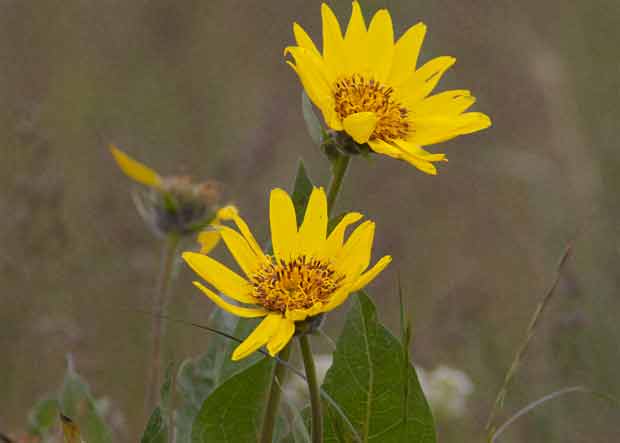
Ironically, most of what little sunshine I saw was coming home and driving up the west side of Mt Rainier.
As I followed the river home, I stopped several times to bathe in the pools of light created by the rains higher up on the mountain.
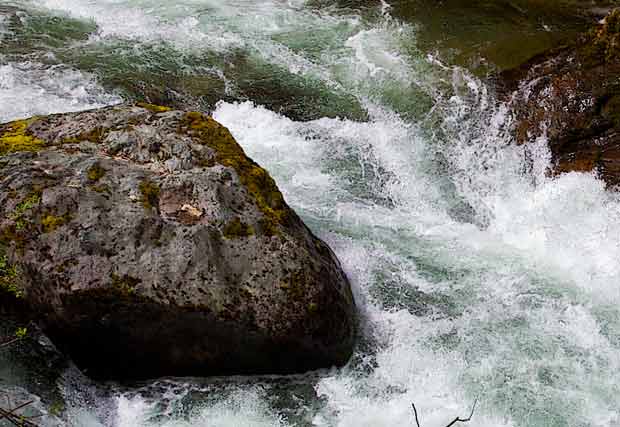
Luckily, beauty always seems to find a way to shine through.

